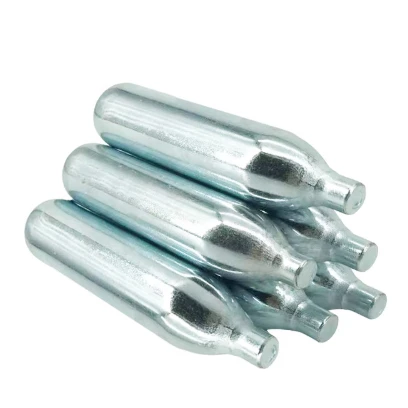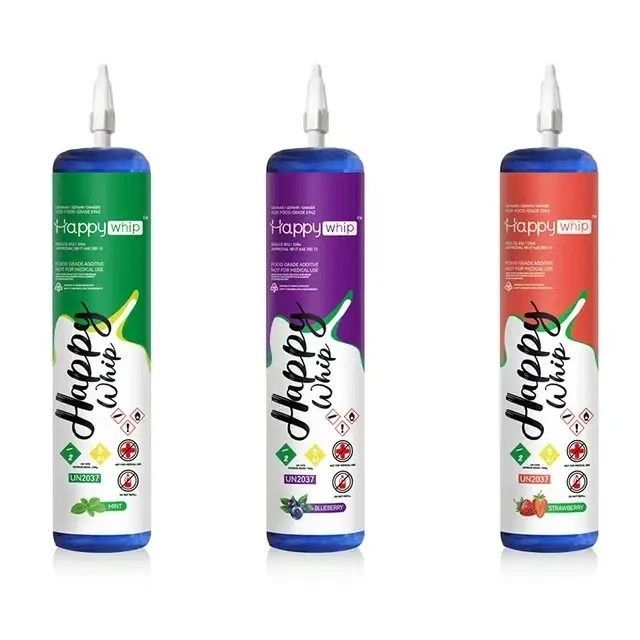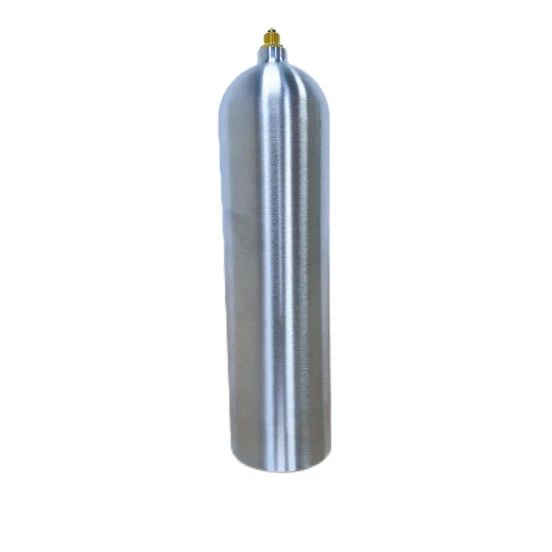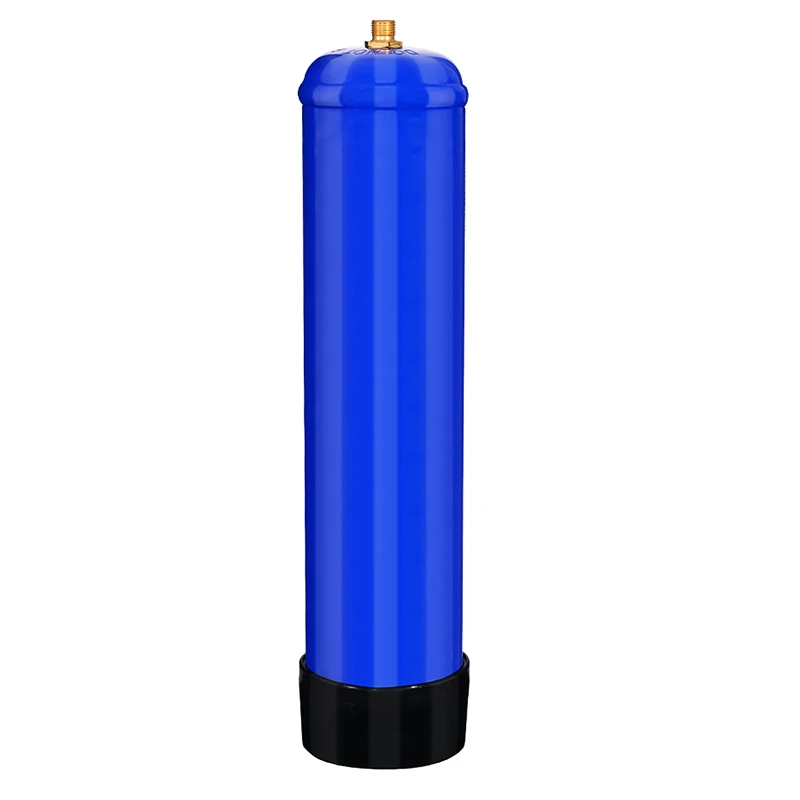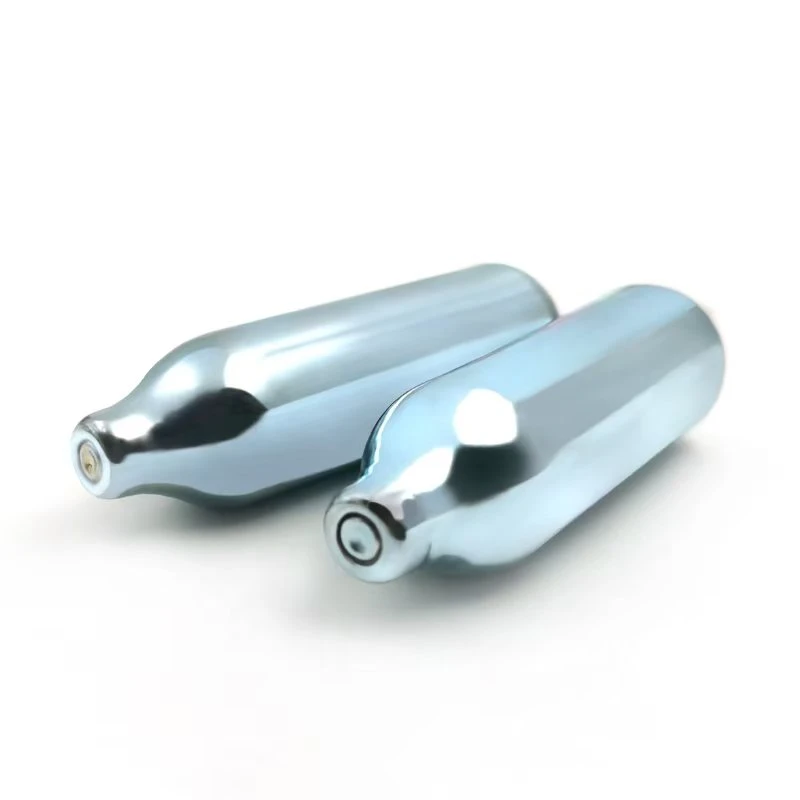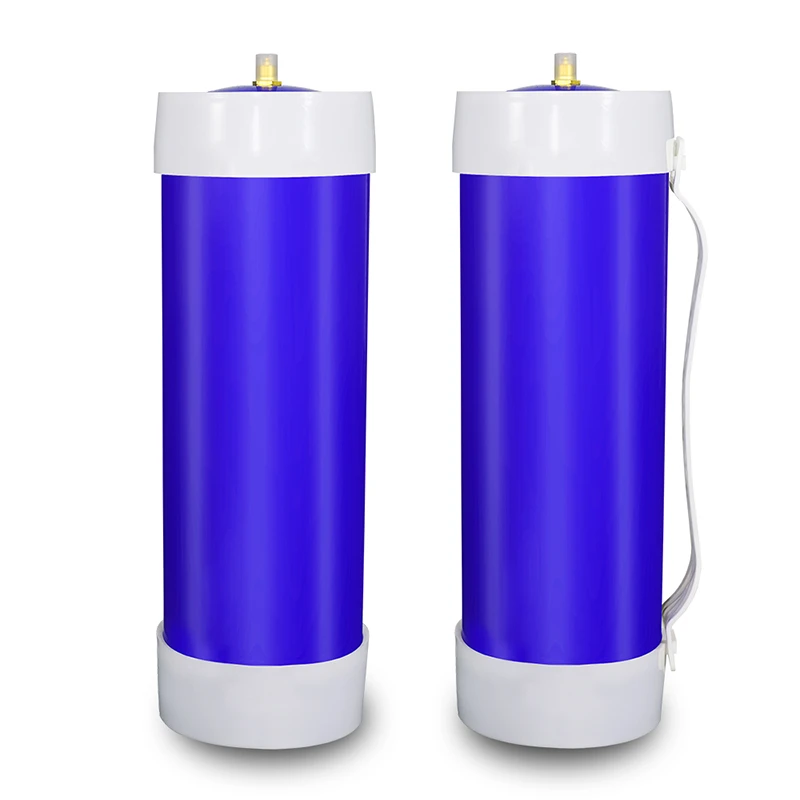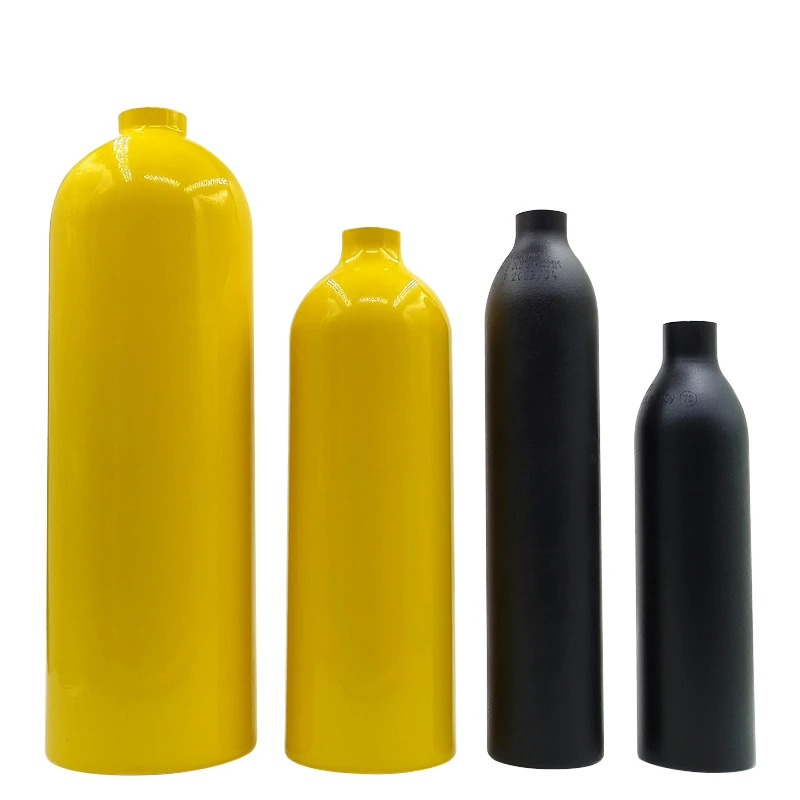
Ці можна хутка прыгатаваць узбітыя вяршкі з малаком на газе ў дазатары для ўзбітых вяршкоў?

Узбітыя сліўкі is a beloved topping that elevates desserts, fruits, and beverages. Typically, it’s made by whipping heavy cream until light and fluffy. But have you ever wondered if you can achieve the same result using milk in a whipped cream dispenser? Let’s explore this intriguing question and uncover whether—and how—milk can be used to make whipped cream.
How Is Whipped Cream Typically Made?
Traditionally, whipped cream is crafted using heavy cream (also called heavy whipping cream), which is the primary ingredient. Its high fat content (typically around 36-40%) is crucial for achieving a light, airy texture and stability during whipping.
The high fat content in heavy cream (~36%) traps air bubbles, creating that delightful fluffy texture. Milk, on the other hand, has a much lower fat content (~3%), which is insufficient for forming stable whipped cream using mechanisms designed for heavy cream.
Can Milk Replace Heavy Cream?
Milk’s low fat content makes it difficult to whip into a smooth, stable texture like traditional whipped cream. While you can attempt to whip milk in a dispenser, the results will likely fall short of the classic version.
Challenges of Making Whipped Cream with Milk
-
Fat Content: Low fat in milk means fewer lipids to stabilize air bubbles during whipping. As a result, the whipped texture will lack the volume and stability of heavy cream-based versions.
-
Texture & Flavor: Whipped milk may turn out thin and lack the richness of traditional whipped cream. It’s also prone to collapsing quickly if the fat content is insufficient.
Experimenting with Milk in a Nitro Cream Dispenser
While milk isn’t ideal for whipped cream, adventurous home chefs have tried using it in dispensers. Results vary based on factors like milk type, dispenser pressure, and whipping time.
Here's the twist: Though substituting milk for heavy cream is challenging, you can still create a whipped texture! By adding a few simple ingredients to the dispenser alongside milk—think stabilizers like gelatin or xanthan gum—you might achieve a creamy foam.
-
Beyond Whipped Cream: The Chef's Secret to Elevating Your Meat Dishes with N2OНавіныJul.31,2025
-
Rapid Ice Cream Preparation with N₂O Cream ChargersНавіныJul.25,2025
-
Whipped Cream Charger Threaded Valve Sealing Test, Cream ChargerНавіныJul.14,2025
-
Whipped Cream Charger Tailored Threaded Nozzle DesignНавіныJul.14,2025
-
Scuba Oxygen Cylinder Thermal Insulation CoatingНавіныJul.14,2025
-
Gas Cylinder Manufacturers Stainless Steel Valve DesignНавіныJul.14,2025
-
Gas Cylinder Food Grade CO2 Storage CapacityНавіныJul.14,2025
Роднасныя прадукты

